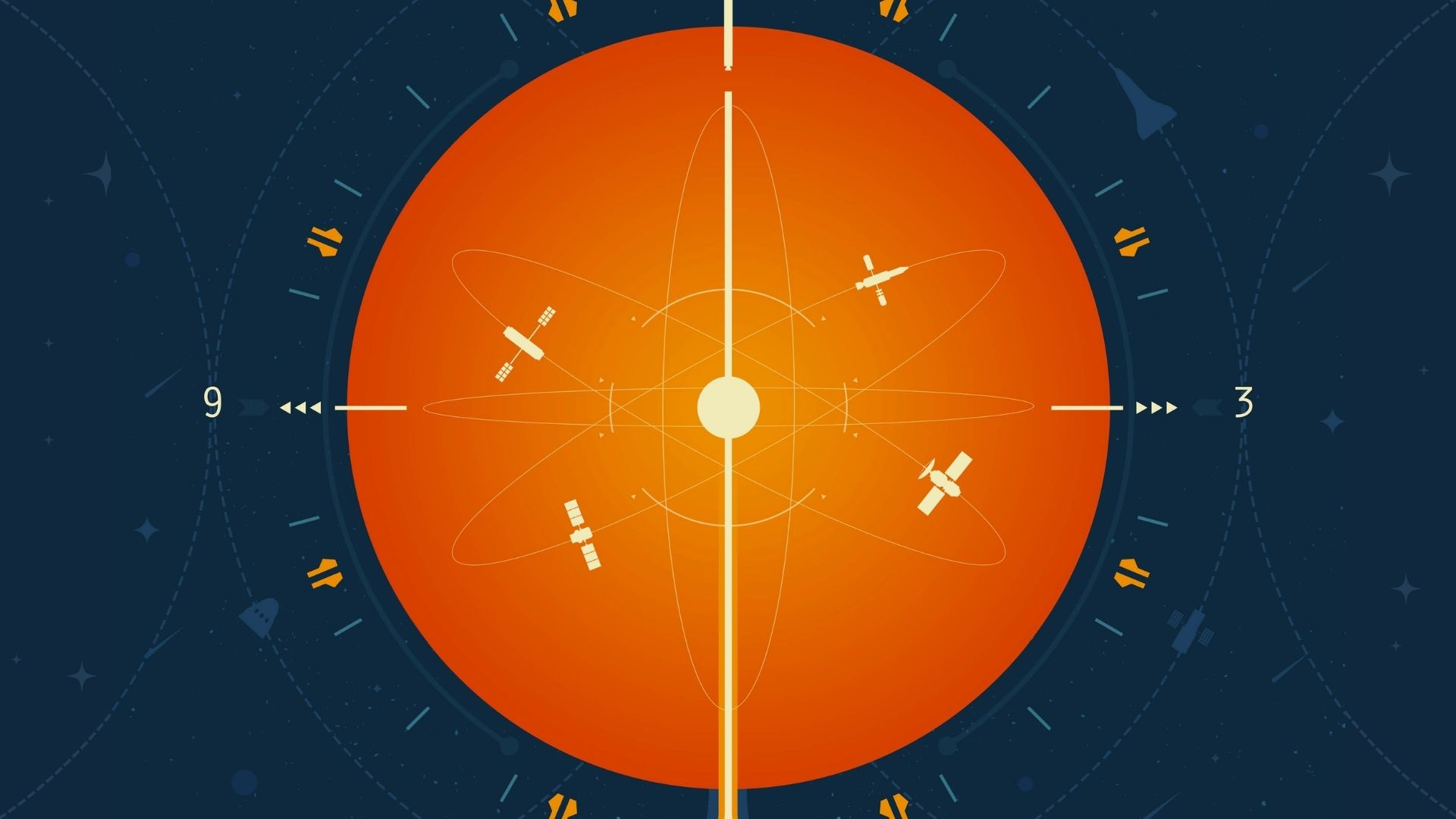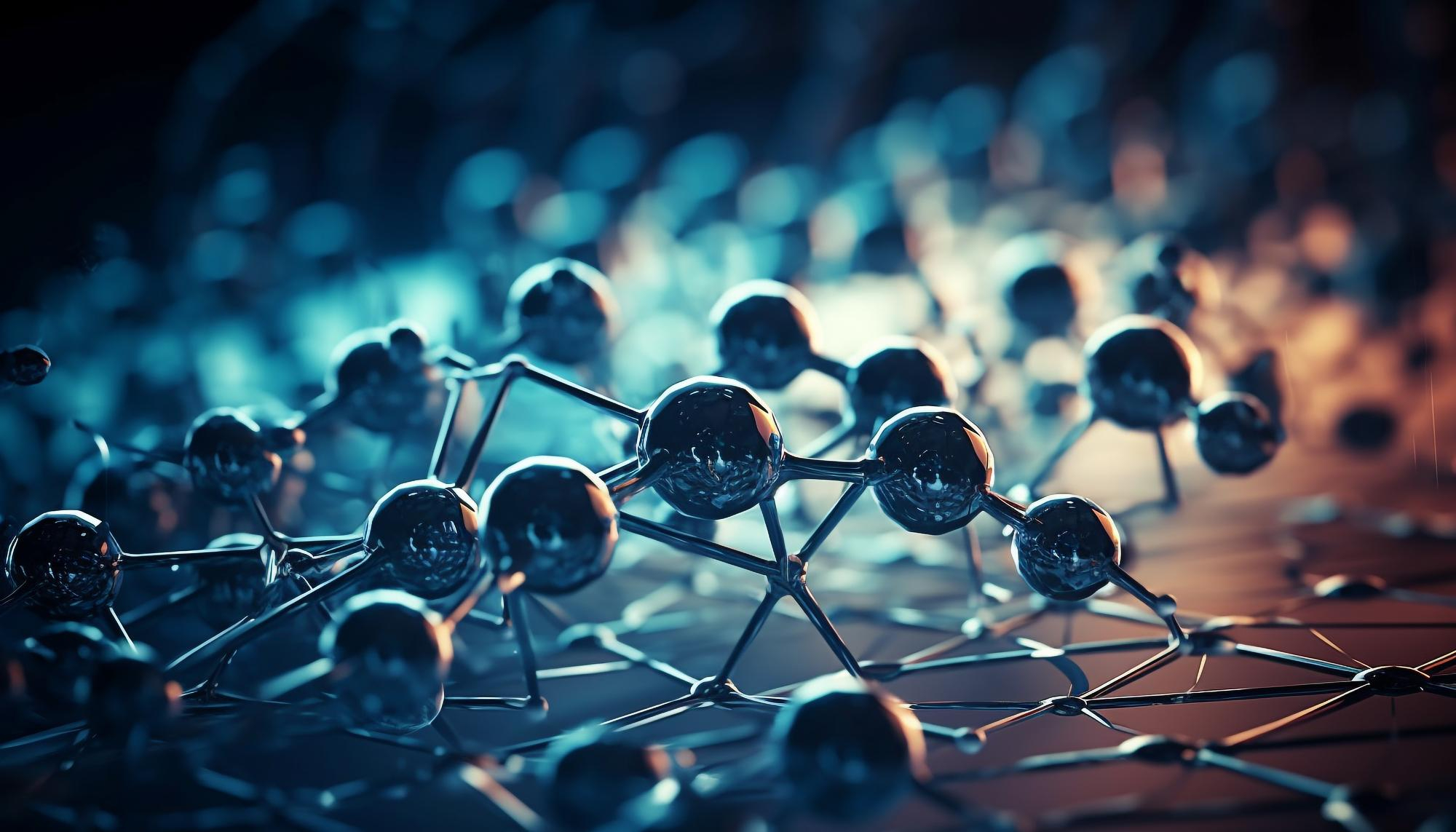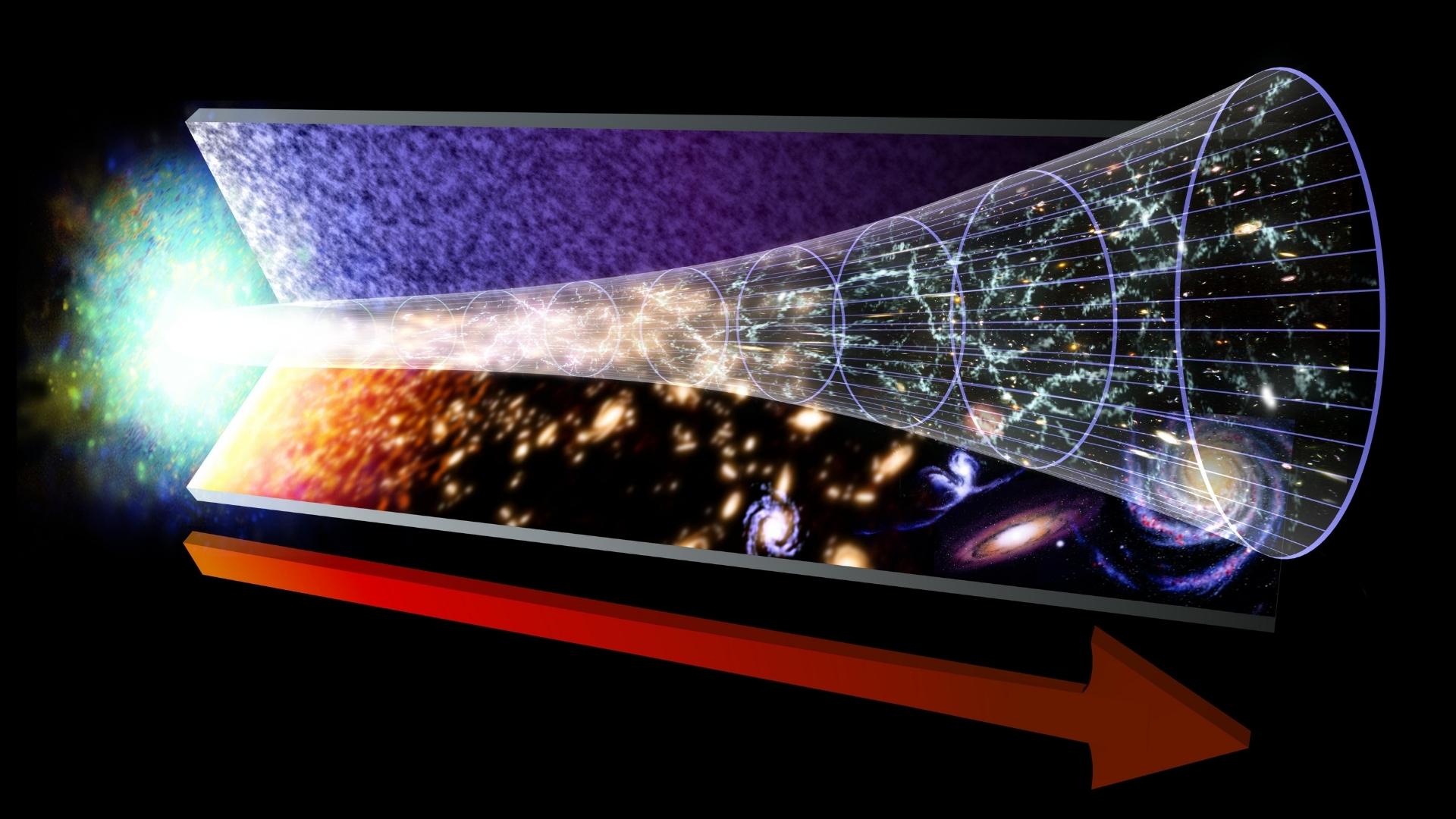In partnership with Phillip and Patricia Frost Museum of Science, we hold public lectures to promote interests in science and technology in the local communities of south Florida.
Public lecture: Quantum Fuzziness and Quantum Certainty

Late at night, the world can look fuzzy to tired eyes. Thankfully, a pair of reading glasses or a good night’s sleep will make things clear again. However, in the quantum world there is a fundamental fuzziness that cannot be fixed so easily. This fuzziness is known as Heisenberg uncertainty. Remarkably, this same quantum fuzziness is also responsible for keeping matter itself from collapsing on itself. It’s hard to wrap your mind around—tired or not.
On Wednesday, December 11, join Dr. James K. Thompsonfor LIVE@Frost Science: Quantum Fuzziness and Quantum Certainty, guaranteed to bring the quantum world into sharper focus. Thompson, a professor at JILA & the Department of Physics at the University of Colorado Boulder, will share how quantum scientists around the world are harnessing quantum fuzziness—and quantum certainty—to help give you driving directions, measure the flow of time, and even probe the existence of undiscovered particles.
Public lecture: Quantum Rulers of Time

The best clock in the world has no hands, no pendulum, no face or digital display. It is made of ultra-cold atoms trapped in crystals of light. This clock is so precise that, had it begun ticking when Earth formed billions of years ago, it would not yet have gained or lost a second. This super precise atomic clock is also starting to help us unveil the mysteries of the microscopic quantum world, full of bizarre properties. How do we make these clocks? Why are they so precise? Can we make them even better?
In this public lecture, Dr. Ana Maria Rey will answer these questions and explain why atomic clocks are a win-win business. Not only are they the building blocks for the next generation of quantum technologies, including unprecedentedly powerful computers, but they also help us improve the current generation of clocks. Join us to learn about the future of these quantum rulers of time.
Public Lecture: Watching Chemical Reactions Happen One Molecule at a Time

Dr. Heather Lewandowski of University of Colorado Boulder, will present Watching Chemical Reactions Happen One Molecule at a Time. Dr. Lewandowski will explore how we can cool atoms and molecules down to near absolute zero to observe how they interact with each other over the course of many minutes, as opposed to mere fractions of a second. These studies can help us understand how the complex molecules all around us came to be from simple reactions in space.
Public Lecture: The World of Single Molecule Microscopy
Dr. David Nesbitt will kick off his presentation with interactive experiments that illustrate the science of cooking and involve hands-on audience participation.
After the demonstrations, this talk will include a few stories on how we can use modern laboratory techniques to measure the folding of DNA, RNA in real time. This folding is what allows long strands of DNA and RNA to fit inside our cells. Dr. Nesbitt will discuss the effect of heating and cooling or adding other compounds on the folding of DNA and RNA, and why this is important. These stories reveal the development of simple physical pictures that help us interpret, explain and potentially influence the process of DNA and RNA folding at the single molecule level.
Public Lecture by Nobel Laureate: Looking for Fossils of the Big Bang
Dr. Eric Cornell will present Looking for Fossils of the Big Bang in the Laboratory in the Frost Planetarium at Frost Science. He will concentrate on the working being done in the laboratory and how we can use precise measurements to look for fossils of the Big Bang which are tiny hints left over from the first few seconds after the universe was born.
